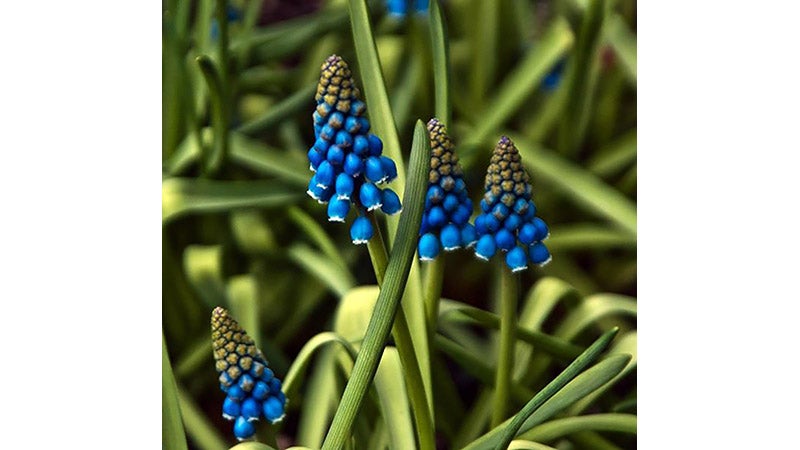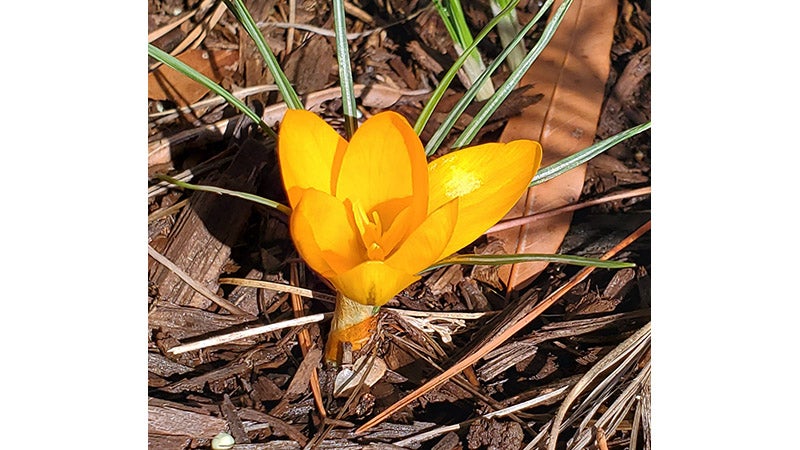Planting the right plants can help pollinators
Published 6:00 am Thursday, February 18, 2021
|
Getting your Trinity Audio player ready...
|
Pollinators and plants have been having a love affair for more than 100 million years.
Throughout that period, plants have developed unique ways to entice insects to help with pollination. Some plants offer nectar as well as pollen. Others use highly visible colors and even landing-strip type lines to lead insects to pollen and nectar. Still, others have developed even more complex adaptations.
The bee orchid is very clever. The flower’s lip looks so much like a female bee that male bees try to mate with it, thus transferring pollen. The Darwin’s orchid has the world’s longest nectar tube — seven to 16 inches. It’s so long that it can only be pollinated by one insect, the hawk moth.
Today more than 80% of land-based plants are completely dependent on insects for pollination. Unfortunately, however, these insects are declining because of the widespread use of pesticides, loss of habitat and climate change.
As gardeners, we can help reverse this decline by providing plants that are pollinator-friendly throughout our long growing season. Native plants are particularly important. Nevertheless, most of us still associate spring with beloved traditional bulbs. I’m using the term bulb very loosely to include bulbs, rhizomes, corms, tubers, etc. Is it possible to support pollinators and still have some of our non-native bulbs? Yes. It’s just a manner of selecting the right species with the right characteristics.
Many spring bulbs have been hybridized to produce ever larger blooms with interesting shapes. While these plants are lovely, they are often missing important features, such as fragrance, nectar and accessible shapes, that are important to pollinators.
What to plant? There are lots of choices.
The crocus is a great choice for early color in the garden and for supporting pollinators such as emerging queen bumblebees and solitary bees. Bumblebees sometimes sleep overnight in the closed blooms. Try the old varieties Ruby Giant and King of the Striped Giant and plant them at the front of borders or under shrubs. They can also be planted in great swaths in grassy areas where they will naturalize.
Grape hyacinths are another good choice. They’re slightly taller than the crocus, easy to grow and return year after year. Try Muscari armeniacum, which is the most widely planted grape hyacinth in the United States and is especially popular with bees. Grape hyacinths are pretty when interplanted with other spring favorites such as peonies, tulips and daffodils.
Tulips mean spring to many gardeners. Skip the showy multi-petaled double varieties and plant old favorites, such as Purple Prince Single, an early bloomer with single flowers with black anthers that are covered with pollen.
The old fashioned Narcissus poeticus, sometimes called the Pheasant’s Eye, is a late- blooming variety that is intensely fragrant and rich in pollen and nectar. It has white petals surrounding a flattened cup fringed with red. Members of the Tazetta Narcissus group are also good choices for supporting pollinators. They are highly fragrant and naturalize easily.
So, yes, it’s possible to have some old favorite spring bulbs in the garden and still do your part to support pollinators. Just remember to plant more than one variety and to plant them in clusters or even large drifts. Please remember, too, to add pollinator-friendly plants to your garden throughout the summer and fall seasons. Late blooming plants are especially important. In the meantime, think spring.
DR. CYNTHIA WOOD is a master gardener. Her email address is cynthia.crewe23930@gmail.com.






